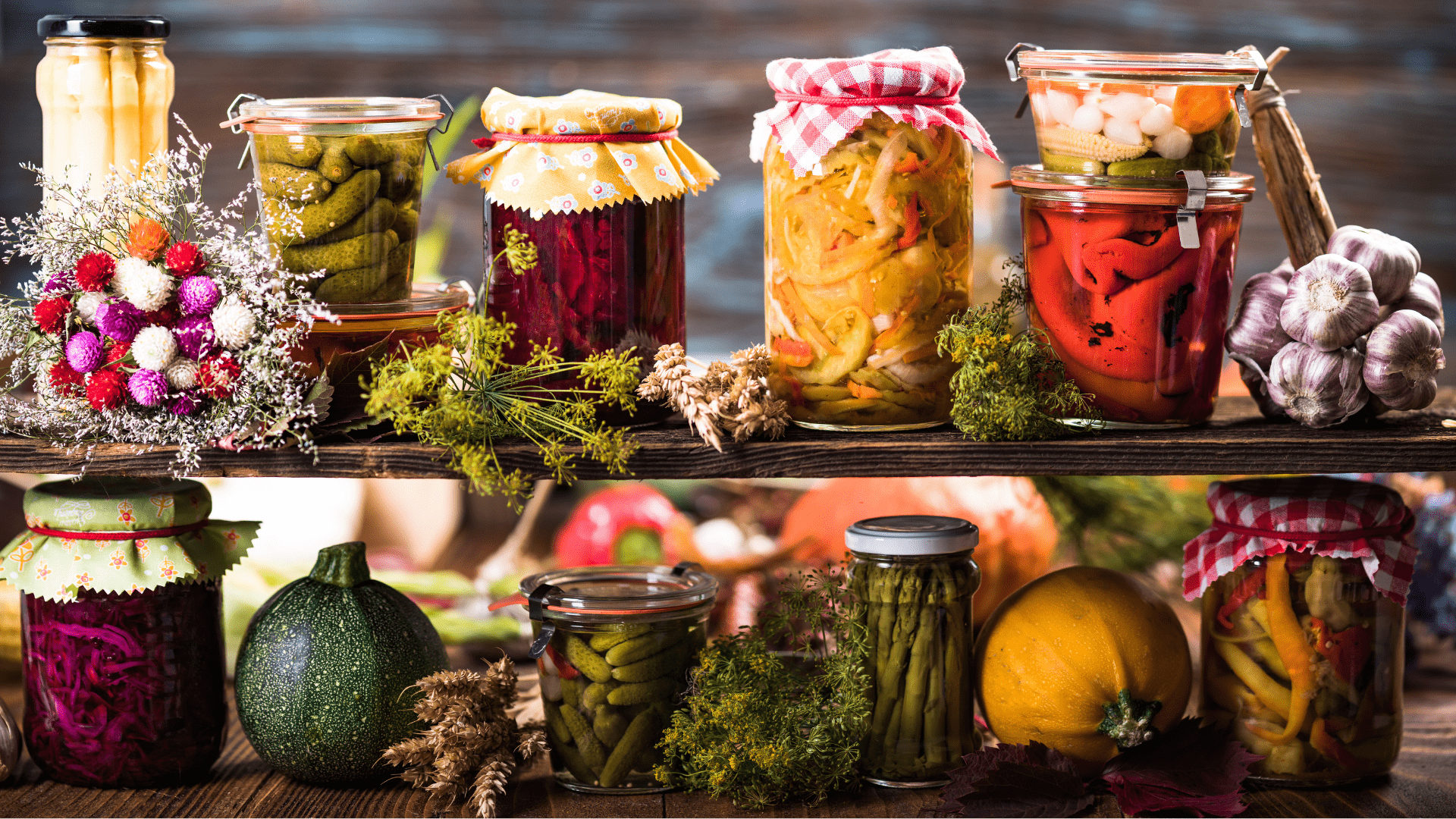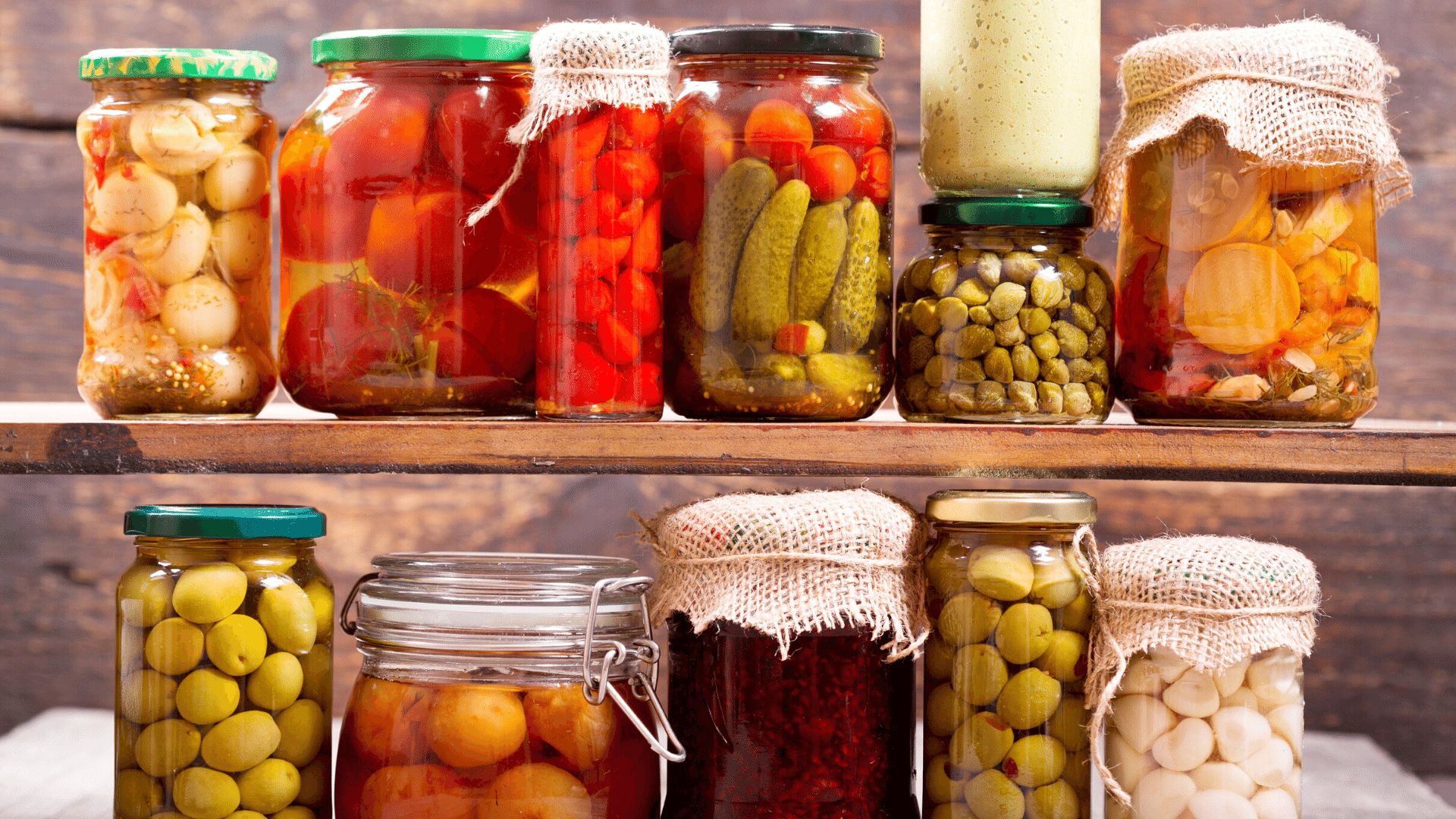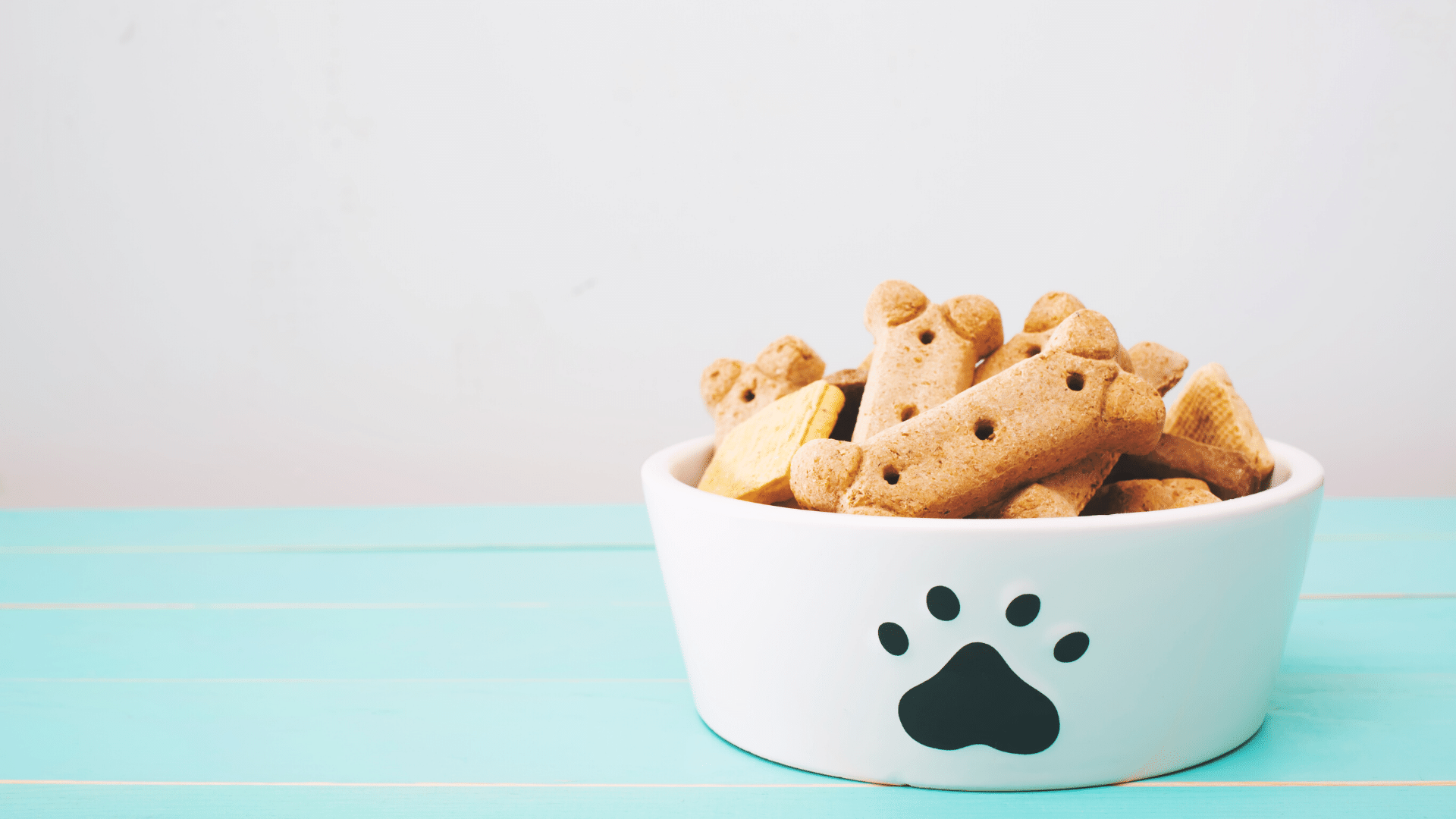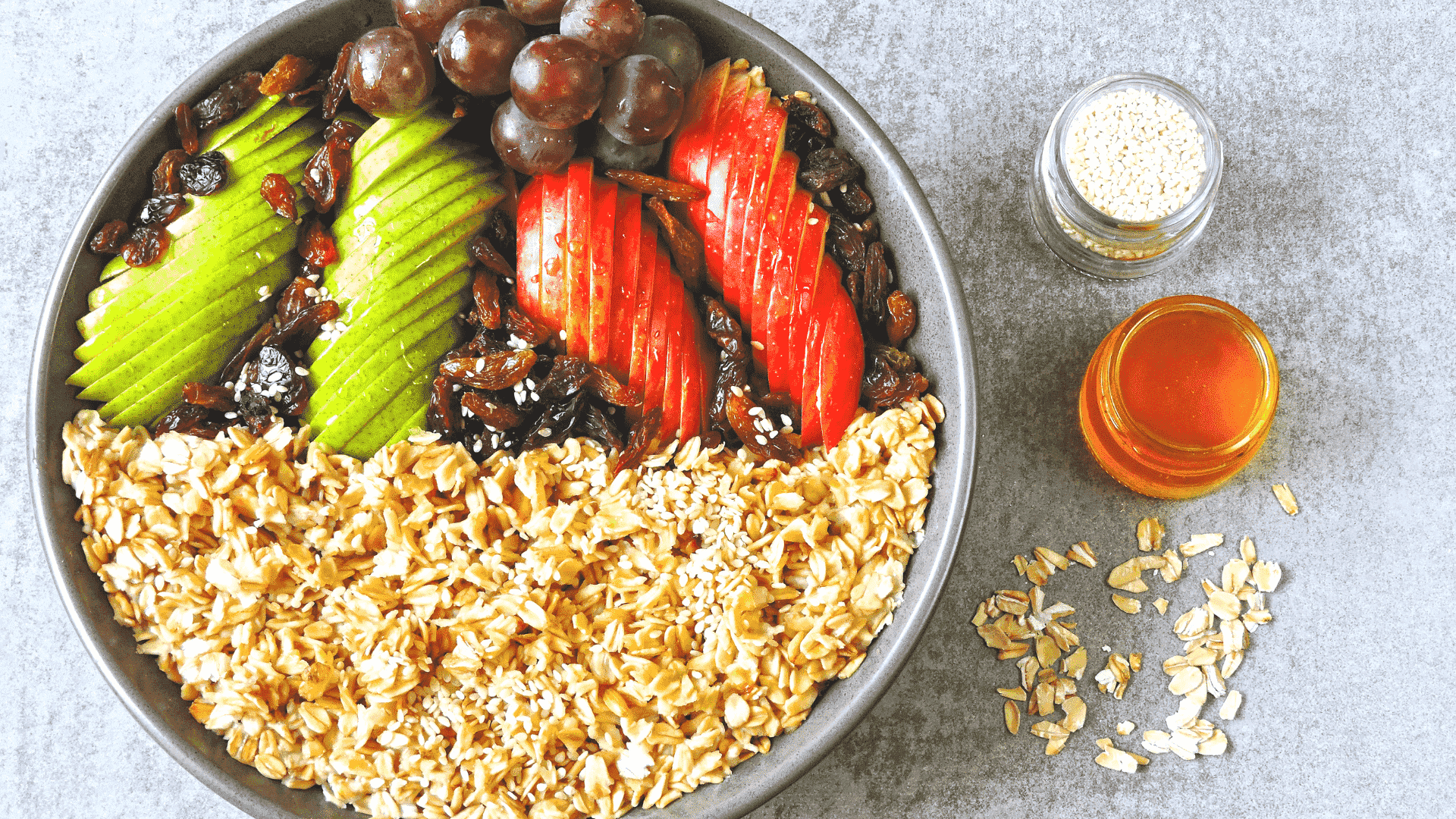Have you ever wanted to learn how to can your own food items at home? Have you been curious about the world of preserving fruits and vegetables but didn't know where to start? Then this is the perfect guide for you!
Here, we will cover all the basics that a beginner should know when canning their own food products. From equipment needed to processing times and pressure requirements - our comprehensive guide will give step-by-step instructions so even those completely new to canning can be successful in no time. So grab your mason jars, lids, and pickle-making supplies because it's time to get started on your very first canned batch!
What Does It Mean To Can Food?
Canning refers to the process of packaging and preserving food items in airtight containers. This method prevents food spoilage, extends the shelf life of fresh food, and maintains the quality and flavor of the food. Canning is an excellent way to preserve excess produce from your garden or farmers' market haul, ensuring you have delicious, nutritious food available all year round.
For example, many condo owners in big cities like Metro Manila are fond of gardening, and they often have an abundance of herbs and vegetables. Balconies can easily turn into an urban garden, and with proper canning techniques, they can enjoy their homegrown produce even during the off-season because of safely canned foods.
Types of Canning Home Food Preservation
There are two main methods of canning: the boiling water bath method of canning and pressure canning. Each method has its own set of requirements and is suitable for different types of food items.
1. Water Bath Canning Method
Water bath canning is a simple and straightforward process that involves submerging filled jars in boiling water for a specific amount of time. This method works best for high-acid food items, such as fruits, pickles, jams, and jellies. The acidity in these foods helps prevent the growth of harmful bacteria.
To begin boiling water bath for canning, you will need a large pot with a lid, canning jars, lids, and a jar lifter. Make sure to follow the recipe instructions carefully for correct processing times.
2. Pressure Canning Method
Pressure canning is necessary for low-acid food items, such as vegetables, meat, and seafood. These foods require higher temperatures to kill harmful bacteria that can cause foodborne illnesses. The pressure canning process involves using a specialized pressure canner to heat and pressurize the jars for a specific amount of time.
When it comes to equipment, you will need a pressure canner, canning jars, lids, and a canner lid and jar lifter. It is essential to follow the manufacturer's instructions for your specific pressure canner model carefully.
Benefits Of Canning Food At Home
There's nothing like the taste of freshly canned food! Canning is a great way to store food for a long time, and it can save you a lot of money too. With the current situation, it's no wonder why more and more families are learning how to can food at home. Let's discuss the many benefits of canning food right in the comfort of your own kitchen.1
1. Cost-effective
One of the biggest advantages of canning food at home is that it is cost-effective. You can buy fresh, organic produce in bulk when it is in season and preserve it for later use. This means you don't have to keep buying expensive, out-of-season produce from the market, and you save tons of money in the long run. It's a great way to stretch your budget!
2. Preserves Nutrients
Canning preserves the nutrients in fruits and vegetables. In some cases, it can even increase the nutritional value of the food. As soon as you pick produce, it starts to lose valuable nutrients. By canning the food, you preserve it at its peak quality, and it retains all its nutritional content.
3. Convenience
Canning food at home allows you to have quick, healthy meals anytime. With a busy lifestyle, preparing meals every day is quite challenging. By canning food, you get the chance to grab your freshly cooked food, heat it up, and enjoy it right away. Imagine how much time you can save with this method.
4. Safe and Healthy
Canning food at home is not only cost-effective but also a safe and healthy way to provide food for your family. When you can food at home, you can control everything that goes into it. You avoid consuming chemically treated and preserved foods, which can cause harm to your body.
5. Availability
There might be situations wherein a particular food item that you want is not available in your area. Canning food, especially fruits that are popular in other countries, can also help you have access to food you can't normally buy fresh in the market. By canning the food, it becomes available for any time you want it, anytime you crave it.
What Equipment Do You Need for Canning?
Before you dive into the canning process, it's essential to make sure you have all the necessary equipment. Here is a list of items that are typically used in canning:
1. Canning Jars and Lids
Mason jars are the most popular choice for canning. You’ll need jars in different sizes, depending on your recipe. The standard mouth quart and pint jars are the most common sizes, but you could also use smaller sizes for things like jams and jellies. Make sure to use new lids each time you are canning foods, and avoid reusing old ones.
2. Canning Pot
The best vessel for boiling jars and processing your food is a large stainless steel or enamel canning pot. This tool has a lid, a wire rack for the jars, and can hold several jars at once. You’ll want to make sure your pot fits your largest jar and has at least two inches of water above the tallest jar.
3. Jar Lifter
A jar lifter is a special tool designed for safely lifting hot jars in and out of boiling water. This tool has gripping edges and effectively lifts jars without damage or breakage. You can purchase this tool from your local home canning store and make sure to wear oven mitts or thick gloves when handling hot jars.
4. Funnel
To prevent spills and make filling jars with hot ingredients easier, you’ll need a wide-mouth funnel. A good funnel can help save time and reduce messes. You’ll find funnels with varying diameters and lengths, so choose one that fits your jars.
5. Magnetic Lid Lifter
This tool has a magnetic end that can quickly and easily retrieve jar lids from hot water or boiling water. The magnetic lid lifter prevents hand burns and keeps the lids sterilized by avoiding hand contact while fishing them out of the pot.
Tips For Safe Canning
Now that you know the basics of canning, it's essential to follow some safety tips to ensure your food is safe and delicious. Here are some things to keep in mind:
- Always use proper canning jars, lids, and rings.
- Before starting the process, make sure all equipment is clean and in good condition.
- Follow tested recipes from reliable sources to ensure proper processing times and safe canning methods.
- Use fresh, high-quality ingredients for the best results.
- Avoid adding extra ingredients or changing measurements in a recipe as it can affect the acidity level and safety of the final product.
- Make sure to leave enough headspace in jars for the food to expand during processing.
- Properly label your canned goods with the date and contents for easy identification.
- Store your canned goods in a cool, dark place to maintain their quality and safety. Use them within one year for best results.
By following these tips, you can ensure the safety and quality of your canned food. So go ahead and start preserving your favorite fruits and vegetables at home. With a little practice, you'll be able to enjoy delicious, homemade canned food all year round!
So next time you're looking for ways to save money, eat healthier, and have convenient access to your favorite foods, consider learning how to can food at home.







